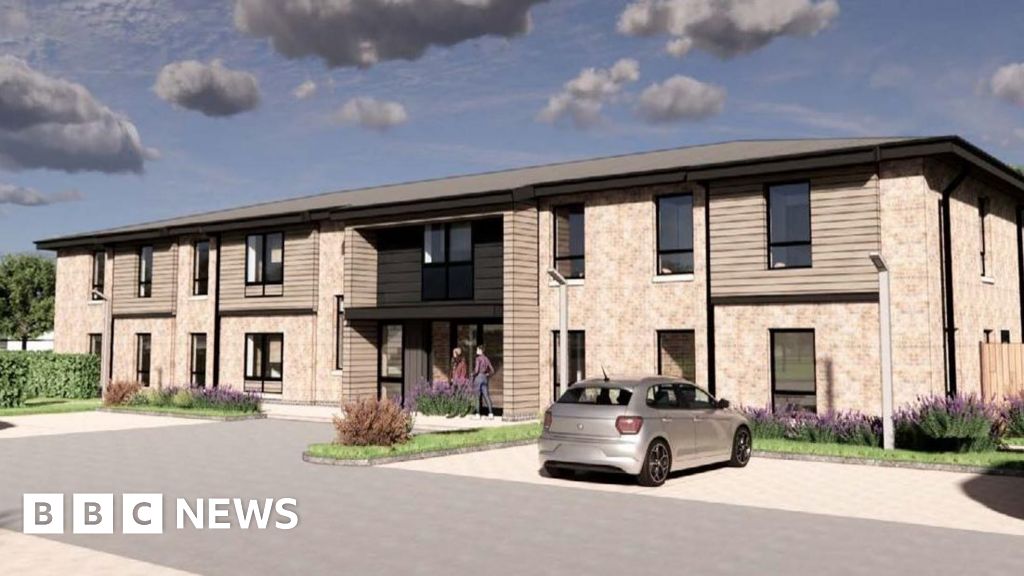New accommodation for young apprentices at a town’s racing school is set to be built.
East Cambridgeshire District Council has approved plans submitted by the British Racing School for 24 en-suite bedrooms to be built off Snailwell Road in…

New accommodation for young apprentices at a town’s racing school is set to be built.
East Cambridgeshire District Council has approved plans submitted by the British Racing School for 24 en-suite bedrooms to be built off Snailwell Road in…